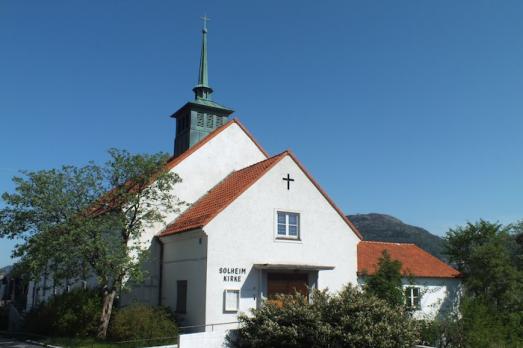
Solheim Church
Bergen, NO
The Solheim church in Bergen is a rectangular brick building built on Solheim in 1956. The building was designed by the architect Peter Andersen.
Here you can search for a building to visit. You can use the map find destinations, or you can use the filters to search for a building based upon what different criteria.

Bergen, NO
The Solheim church in Bergen is a rectangular brick building built on Solheim in 1956. The building was designed by the architect Peter Andersen.

Sarpsborg, NO
Solli church is a wooden long church from 1904. The architect of the church is P. Hofstad.
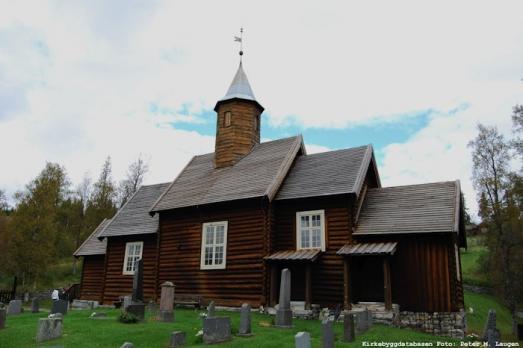
Stor-elvdal, NO
The Sollia church is a small wooden church built in 1738. The church was built by the four families of Stor-Elvdal who had been the first settlers of Sollia 50 years earlier. The church took its present appearance in the 19th century. In 1840-43, the nave was enlarged to the west with a narrower and lower part and a sacristy to the east. Above the nave is a roofer with a new tower cladding dating from 1857.

Solna, SE
The church of Solna is a Romanesque church founded in the 12th century as a defensive stronghold of the village. Indeed, in this region of Sweden, Karelian raids were commonplace, as evidenced by the looting of the nearby town of Sigtuna in 1187. Although the church has retained most of its medieval exterior form, the church's interior decoration dates back to the 17th century. The building was restored in 1928.
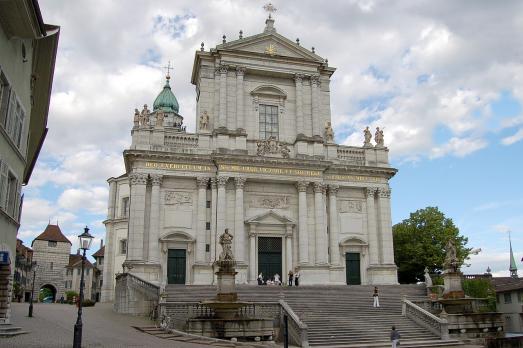
Solothurn, CH
The Cathedral of St. Ursus is an early Classicist church built between 1762 and 1773 by Gaetano Matteo Pisoni and Paolo Antonio Pisoni on a site where two previous buildings had probably stood since the early Middle Ages. The interior is decorated with stuccoes by Francesco Pozzi. The old church, a Gothic building well attested by sources and iconography, was very dilapidated in the mid-18th century. It was demolished in 1761-1768.

Solsona, ES
Solsona Cathedral is part of a group of buildings dating from the end of the 12th to the 18th century, in Romanesque, Gothic and Baroque styles. The Episcopal Palace, attached to the cathedral, is part of this complex. The early Romanesque church of Santa Maria had the monastery nearby, attached to its walls. It was located on the site where the bishop's palace now stands. The present cathedral, in Gothic style, was begun in 1299 and completed in 1630 with the construction of the presbytery.
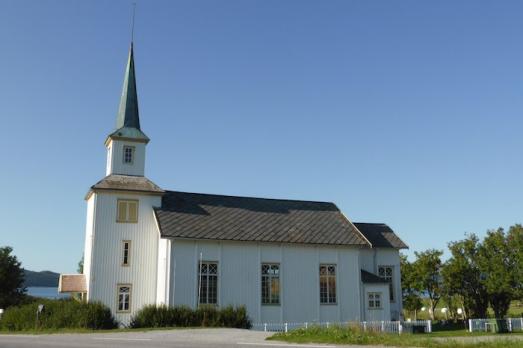
Bindalseidet, NO
Solstad Church is a long church from 1888. The architect of the church was Ole Olsen Scheistrøen. An inspection of Solstad Church in 1715 showed that the building was very dilapidated. At that time, Solstad church was probably a small stave church moved from Vassås in 1643. In 1734, Solstad Church was demolished and rebuilt. It had a porch on the west side and a small gallery above the west wall. The pulpit probably came from the demolished church. In 1888, the building was demolished and rebuilt on Tosen as a moorland chapel. In 1887-1888 a new church was built in Solstad.

Skien, NO
The church of Solum is a wooden church from 1766, dedicated to John the Baptist, first mentioned in 1349 and again in 1370. In 1765 the old church was demolished and a new one was built. The tower was demolished in the 1830s, after which the church changed its style several times before returning to its original form in 1959.
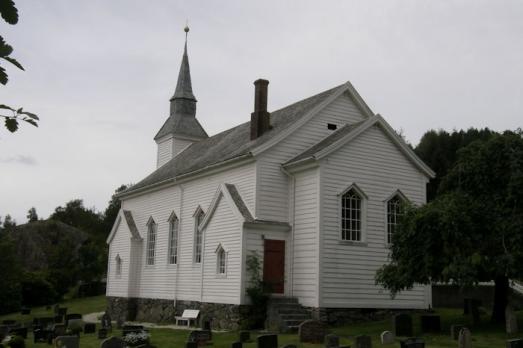
Solund, NO
The Solund church was built in 1860 according to the drawings of the architect Christian Heinrich Grosch, a leading figure in Norwegian architecture in the first half of the 19th century. The altarpiece was painted by Anders Askevold and depicts Jesus in Gethsemane.
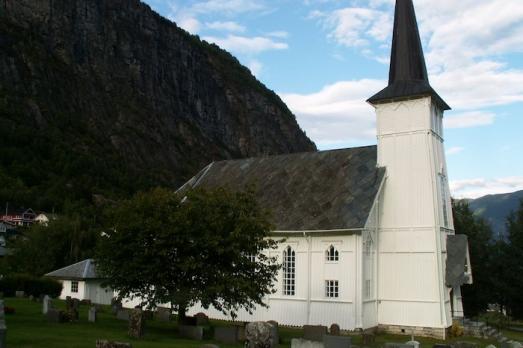
Luster, NO
The Solvorn church is a long church from 1883. The architect of the church was Waldemar Hansteen and the design is influenced by the stave churches. The modern church replaces a wooden church dating from around 1600, which in turn replaced a stave church which was first mentioned in sources in the 14th century.

new
Nestled amidst the serene landscapes of the Harz region, lies a hidden gem for nature enthusiasts and history buffs alike - the Harz Monastery Hiking Trail. Lace up your hiking boots and embark on this captivating adventure that will transport you back in time.

The Holy Mile (Miglio Sacro) of Naples is a one-mile-long itinerary, through sacred places linked to the city's patron saint, San Gennaro, in the Rione Sanità district. Discover the city from a new perspective with this unique walking tour.

As a university city, cultural offerings abound in Tartu and will reach their peak after being designated one of three European Capitals of Culture for 2024. In this list, we've compiled the most interesting sacred places to visit in and around the old town.